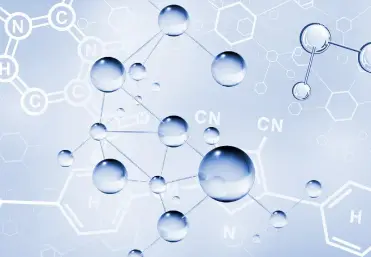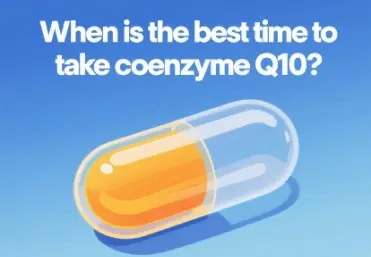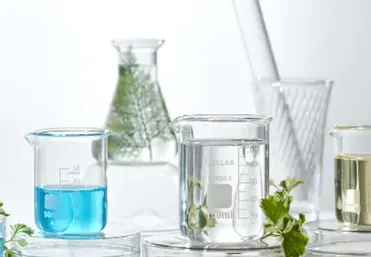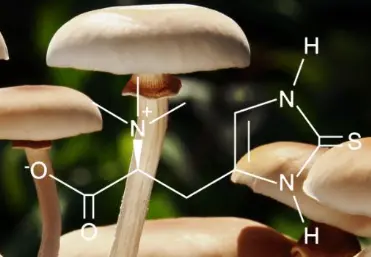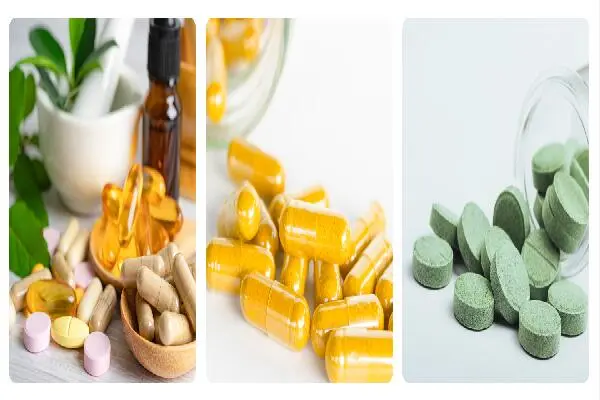
Why should you take Quercetin?
Quercetin: The Powerful Antioxidant You Should Be Taking
Quercetin is a natural plant pigment, a flavonoid found in many fruits, vegetables and grains. It is a powerful antioxidant with anti-inflammatory and immune-boosting properties. This compound has been the subject of numerous studies and gained attention for its potential health benefits. So, why should you consider taking quercetin as a supplement?
Immune Support: Quercetin has been shown to have immune-boosting properties, making it a valuable supplement to support overall immune health. It helps regulate the immune response, reduces inflammation and supports the body’s natural defense mechanisms. This is especially beneficial during times of increased immune stress, such as during cold and flu season or when faced with environmental challenges.

Does Dihydromyricetin(DHM) actually work?
Dihydromyricetin, also known as Dhm, is a flavonoid that has been used in traditional Chinese medicine for centuries. Derived from the Japanese raisin tree, this natural substance has gained attention in recent years for its potential health benefits. So, what is the use of dihydromyricetin?

What is L-Glutathione oxidized used for?
L-Oxidized Glutathione is a naturally occurring substance in the body that plays a vital role in maintaining overall health and well-being. It is a form of glutathione, a powerful antioxidant found in every cell in the body. Glutathione exists in two forms: reduced glutathione (GSH) and oxidized glutathione (GSSG). L-oxidized glutathione is the oxidized form of glutathione and is essential for various physiological processes in the body.

Apigenin: a natural compound with good health benefits
Apigenin is a natural compound, a flavonoid, commonly found in a variety of fruits, vegetables, and herbs. It is known for its potential health benefits and has been the subject of numerous studies exploring its effects on human health. From its antioxidant properties to potential anti-inflammatory and anti-cancer effects, apigenin has attracted considerable attention from the scientific community and health enthusiasts alike.

What is shikimic acid good for
Shikimic acid is a natural compound that has attracted attention for its potential health benefits and pharmaceutical applications. Shikimic acid is found in certain plants and has been studied for its antioxidant, anti-inflammatory and antiviral properties, making it a subject of interest in medicine and nutrition.

Welcome to SupplySide West 2024 ( from 30th Oct to 31st Oct. Booth No.: 7337 ): the premier event for the health and nutrition industry
SupplySide West is back in 2024 and better than ever, poised to become the health and nutrition industry’s premier event. With a focus on innovation, education and networking, SupplySide West 2024 aims to provide attendees with valuable insights, trends and opportunities on the evolving health and nutrition market landscape.

What does chrysin do to the body?
Chrysin is a natural flavonoid found in various plants, honey and propolis. It is known for its potential health benefits and has been the subject of numerous studies to understand its effects on the body. So, what does chrysin do to the body? Let’s delve deeper into the potential health effects of this interesting compound.
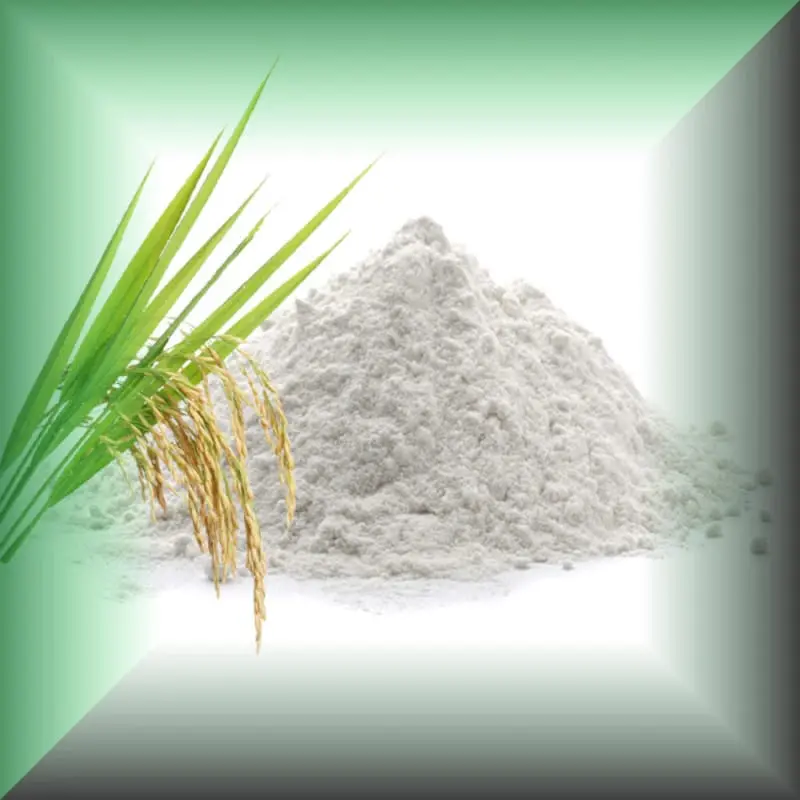
Ceramides: Can it reverse aging?
Ceramide is a lipid molecule found in the skin and plays a vital role in maintaining its barrier function. They help retain moisture, protect against environmental stressors, and keep skin looking plump and youthful.
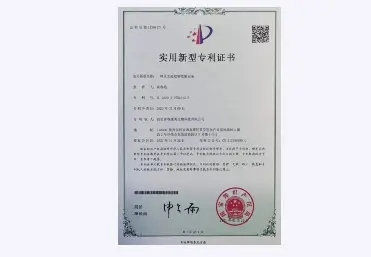
Utility model patent certificate
A utility model patent certificate is essential to protect new and innovative equipment designs. These certificates provide legal protection for a device’s unique features and functionality, ensuring that creators have exclusive rights to their inventions.

Spermidine: Learn Its Uses and Benefits
Spermidine is a polyamine compound that plays a vital role in various biological processes in the human body. It occurs naturally in nearly all living organisms, including plants, animals, and bacteria.

 Food Additives
Food Additives
